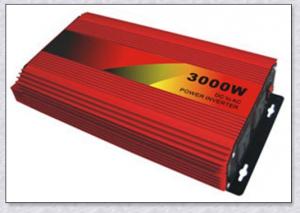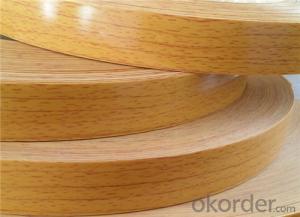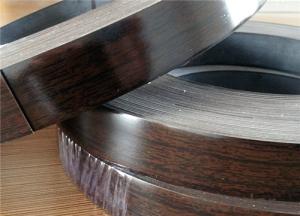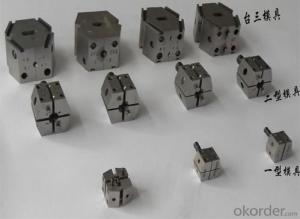Buy Solar Edge Inverter
Buy Solar Edge Inverter Related Searches
Ac Inverter For Solar Panels Solar Panel With Ac Inverter Gas Furnace With Ac Panda Hot Water Bottle Cover Minion Hot Water Bottle Cover Abb Solar Water Pump Inverter Solar Water Pump Philippines Extra Long Hot Water Bottle Solar Panel Dc To Ac Inverter Old Fashioned Hot Water BottleHot Searches
Solar Edge Inverter For Sale Fiberglass Scaffolding For Sale Fiberglass Panels For Sale Fiberglass Greenhouses For Sale Type Of Scaffolding With Pdf Solar Inverter With 2 Battery Pedestal Fan With Water Spray Price Mini Inverter With Battery Online Shopping Solar Edge Inverter Price Ceiling Fan Lowest Price Solar Edge Inverter Sizes Type Of Inverter For Solar Types Of Inverter For Solar Used Solar Inverter For Sale Inverter Size For Solar System Solar Edge Inverter For Sale 5kw Solar Inverter For Sale Solar Inverter For Sale Solar Inverter For Battery Solar Inverter For Split AcBuy Solar Edge Inverter Supplier & Manufacturer from China
Okorder.com is a professional Buy Solar Edge Inverter supplier & manufacturer, offers integrated one-stop services including real-time quoting and online cargo tracking. We are funded by CNBM Group, a Fortune 500 enterprise and the largest Buy Solar Edge Inverter firm in China.Hot Products
FAQ
- No, a solar inverter cannot be used in a remote location without access to the grid. Solar inverters convert DC power generated by solar panels into AC power, which is suitable for use in homes and businesses connected to the electrical grid. Without access to the grid, there is no way to utilize the output of a solar inverter.
- Shading can significantly impact the performance of a solar inverter as it reduces the amount of sunlight reaching the solar panels. This leads to lower energy production and decreased efficiency of the inverter. Shading can cause imbalances in the overall system, resulting in reduced power output and potential overheating of the inverter. Additionally, shading can lead to the activation of safety mechanisms within the inverter, such as Maximum Power Point Tracking (MPPT) algorithms, which further decrease its performance. Therefore, avoiding shading or implementing shading mitigation techniques is crucial for maximizing the performance of a solar inverter.
- A data logger in a solar inverter is responsible for monitoring and recording important data related to the performance of the solar power system. It captures and stores information such as solar energy production, voltage levels, current flow, temperature, and other relevant metrics. This data is crucial for analyzing the efficiency and overall functioning of the solar inverter, as well as for identifying any potential issues or areas for improvement. Additionally, the data logger enables users to track the energy output and consumption, helping them make informed decisions about energy usage and potentially optimize their solar power system.
- To connect solar panels to a solar inverter, you need to follow a few steps. First, ensure that both the solar panels and the inverter are turned off. Then, connect the positive terminal of the solar panel to the positive terminal of the inverter using a DC cable. Similarly, connect the negative terminal of the solar panel to the negative terminal of the inverter. Make sure the connections are secure and tight. Finally, turn on the solar panels and the inverter, and you should have a successful connection between the two.
- The maximum power capacity that a solar inverter can handle varies depending on the specific model and brand. However, modern solar inverters can typically handle power capacities ranging from a few hundred watts to several megawatts.
- When choosing the right size of solar inverter for a system, it is important to consider the total capacity of the solar panels and the expected power output. The inverter should have a capacity that matches or slightly exceeds the maximum power output of the panels to ensure optimal efficiency. Additional factors such as the type of grid connection and any future expansion plans should also be taken into account. Consulting with a professional solar installer or conducting a thorough system assessment can help determine the appropriate size of the inverter for a given solar system.
- Some of the safety features in a solar inverter include over-voltage protection, under-voltage protection, over-current protection, short-circuit protection, and ground-fault protection. Additionally, many modern inverters also have built-in monitoring systems that can detect and alert users to any potential issues or malfunctions.















































